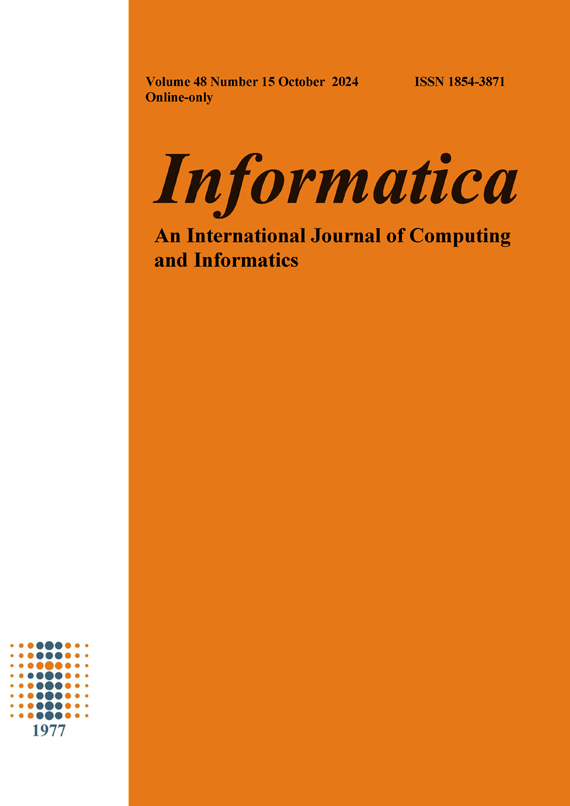Virtual Simulation of Dance by Integrating VR Technology and Motion Capture Technology
DOI:
https://doi.org/10.31449/inf.v48i15.6261Abstract
With the rapid development of science and technology, the integration of virtual simulation technology has injected unprecedented vitality and innovation into the field of dance. However, there are still some key problems such as interactivity, multi-person collaboration and real-time performance. In order to further solve these problems, a virtual dance simulation method combining virtual reality technology and motion capture technology was proposed. Firstly, advanced motion capture technology was used to accurately capture dancers' movements and transform them into 3D movements in virtual environment. It then provides users with more engaging and effective learning and performance tools through real-time feedback and interactivity. The results showed that the study's approach achieved the highest accuracy of 81% on the self-built dataset, and achieved 55% and 80% accuracy on the other two datasets. Overall, on large public data sets, graph convolution models perform better than most traditional deep learning models, but not as well as two-flow recursive convolution models. The performance of the graph convolution model is better in the data set specially designed for virtual reality technology interaction. When testing four body movements and their operation instructions in virtual reality technology, the accuracy rate is more than 70%, confirming the effectiveness of body movements for VR interaction. The study shows that this research is expected to promote the further development of virtual dance experience, providing more opportunities and innovation space for dance lovers and professional dancers.
Downloads
Published
Issue
Section
License
I assign to Informatica, An International Journal of Computing and Informatics ("Journal") the copyright in the manuscript identified above and any additional material (figures, tables, illustrations, software or other information intended for publication) submitted as part of or as a supplement to the manuscript ("Paper") in all forms and media throughout the world, in all languages, for the full term of copyright, effective when and if the article is accepted for publication. This transfer includes the right to reproduce and/or to distribute the Paper to other journals or digital libraries in electronic and online forms and systems.
I understand that I retain the rights to use the pre-prints, off-prints, accepted manuscript and published journal Paper for personal use, scholarly purposes and internal institutional use.
In certain cases, I can ask for retaining the publishing rights of the Paper. The Journal can permit or deny the request for publishing rights, to which I fully agree.
I declare that the submitted Paper is original, has been written by the stated authors and has not been published elsewhere nor is currently being considered for publication by any other journal and will not be submitted for such review while under review by this Journal. The Paper contains no material that violates proprietary rights of any other person or entity. I have obtained written permission from copyright owners for any excerpts from copyrighted works that are included and have credited the sources in my article. I have informed the co-author(s) of the terms of this publishing agreement.
Copyright © Slovenian Society Informatika








